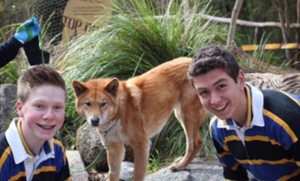
After spending a great time with my exchange Lachlan’s family in Queensland, I had the chance to start school at Carey Grammar. Although I was a little anxious as I didn’t know what to expect, I was quite excited to finally meet the students and attend classes in a foreign country.
On the first morning of school, I was welcomed by the school’s exchange coordinator and introduced to four other exchange students from New York. We received our school and gym uniforms, which was very much like ours other than the colours, as well as a laptop and a schedule. We were now well equipped to start our first days at Carey Grammar.
One of the first things that I noticed upon arriving at the school was how big the school was. The “Kew” Campus, as the students called it, took up a whole city block and had numerous buildings to accommodate the 2,000 students. The Middle School Area, which holds students from grades 7, 8 and 9, was comprised mainly of a main hall and two outdoor areas with classrooms around the borders. At first, I was a little intimidated by its large size, but after a few days and a lot of help from Lachlan and the other year 9 students, I became more comfortable around the campus and found my way to all my classes.
What I also found interesting at Carey is that their curriculum is quite different than the one at LCC. My schedule and even those of my classmates in Melbourne had less time slots dedicated for core classes, which allowed students to participate in more electives and other classes, which I thought was interesting. I was given some unique courses such as an introduction to coding, an economics class and a unit on CSI and forensic science. I thought that these classes were all awesome and engaging. My personal favorite was the economics class because the teacher, Mr. Warmbrunn, would give very informative lectures and we started a neat project where we pretended to buy stocks to see how well they would do.
The core courses at Carey were like ours in that they taught English, Math, Science and History. The only major difference was the language course that everyone had to take. The students had the choice between French, Chinese, German and Indonesian. This course was taken as a second language and for most of the students, they had started in Grade 7. We also had, once a week, a class called C-Change, where we would discuss how to develop personal qualities that are important to our well-being and how well we interact with others. This class would finish with a chapel session. With all of these different features in the school, Carey was definitely a great place to attend.
As part of the exchange experience, Lachlan and I, together with the other exchanges and their partners, went to Healesville Sanctuary, which was home to many indigenous Australian animals, including koalas, kangaroos and even platypus. It was remarkable that we could get so close to the animals without them even moving. We even saw some of the world’s most dangerous snakes, which I was happy to see through the glass! My favorite animal was the dingo. The animal is only found in Australia and is half-dog, half-wolf. We caught them right before their morning walk and we took pictures right next to them. It is a beautiful animal and was unlike anything I had ever seen.
With all their great athletic facilities, I was really looking forward to playing a sport at the school. At Carey, everyone has to participate in a sport and since Lachlan plays field hockey, I would try out this sport. I didn’t know anything about the sport and figured it would be similar to ice hockey, a sport that I really enjoy playing, but it was completely different. Everything from the field and the number of players to the sticks and balls were different. The game actually bears a closer resemblance to soccer. Although it took some time to get used to, I had lots of fun playing the sport and was even able to play in 3 games, which was an amazing experience. I was also very surprised to learn that field hockey is one of the largest sports in the world and is played almost everywhere, especially in Europe, Asia and Australia.
Speaking of sports, I also had the opportunity to watch an Australian Rules Football game with Lachlan and his family at the MCG. The game was so entertaining and although I didn’t quite understand the rules, the atmosphere in the stands was incredible. Both teams had a passionate fan base that weren’t afraid to share their sometimes-colourful opinions. The game itself was very fast-paced and finished with a very high point total. This sport seems to combine the best of many different sports that are more common in North America, like rugby, handball and soccer. It was loads of fun!
Spending five weeks in Australia was an incredible experience for me that I will never forget. Although it was difficult to leave my family, I was able to visit Australia and discover its incredible natural life and culture. I also had the chance to take part in some unique classes and meet some really nice people at Carey which was lots of fun, even if it is my summer break. I also believe the exchange has helped me become more mature and responsible as a person. Finally, and most of all, I met a really great friend in my exchange Lachlan and I hope that we will stay in touch and see each other soon. – Andrew Fata ’19 Exchange Student at Carey Baptist Grammar School


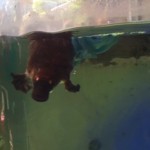
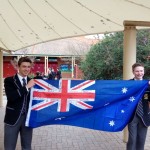


 Imagine this, a display of fluorescent colours, laid on the smooth marble floor, to create fanciful patterns, such as bright fuchsia lotus flowers with forest green backdrops, or candles that burn purple flames, much like in a child’s dream. These picturesque creations are a renowned form of Indian artwork, known as rangoli. They are most often seen during festivals such as Diwali, the festival of luminous decorations, which commemorates the return of Lord Rama, as well as the triumph of light over darkness and during Holi, the festival of colours.
Imagine this, a display of fluorescent colours, laid on the smooth marble floor, to create fanciful patterns, such as bright fuchsia lotus flowers with forest green backdrops, or candles that burn purple flames, much like in a child’s dream. These picturesque creations are a renowned form of Indian artwork, known as rangoli. They are most often seen during festivals such as Diwali, the festival of luminous decorations, which commemorates the return of Lord Rama, as well as the triumph of light over darkness and during Holi, the festival of colours.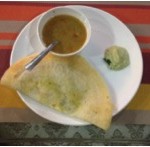
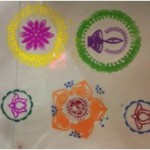
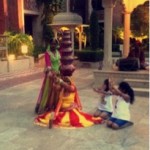
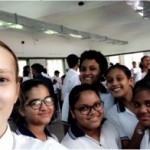

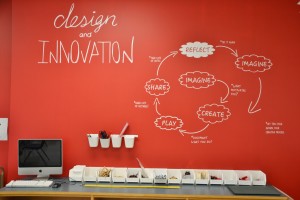 I love Post-it notes! There are always a lot of them stuck on things around my office workspace and they help keep me organized and focused. Post-it Notes are so simple and the story of their creation is also a fantastic symbol of innovation and the impact of innovative thinking.
I love Post-it notes! There are always a lot of them stuck on things around my office workspace and they help keep me organized and focused. Post-it Notes are so simple and the story of their creation is also a fantastic symbol of innovation and the impact of innovative thinking.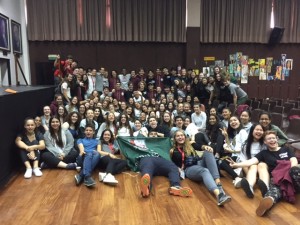 The Round Square Regional Conference of the America’s at Belgrano Day School sadly came to an end on April 25, 2017 – too fast for everyone participating in the conference.
The Round Square Regional Conference of the America’s at Belgrano Day School sadly came to an end on April 25, 2017 – too fast for everyone participating in the conference.